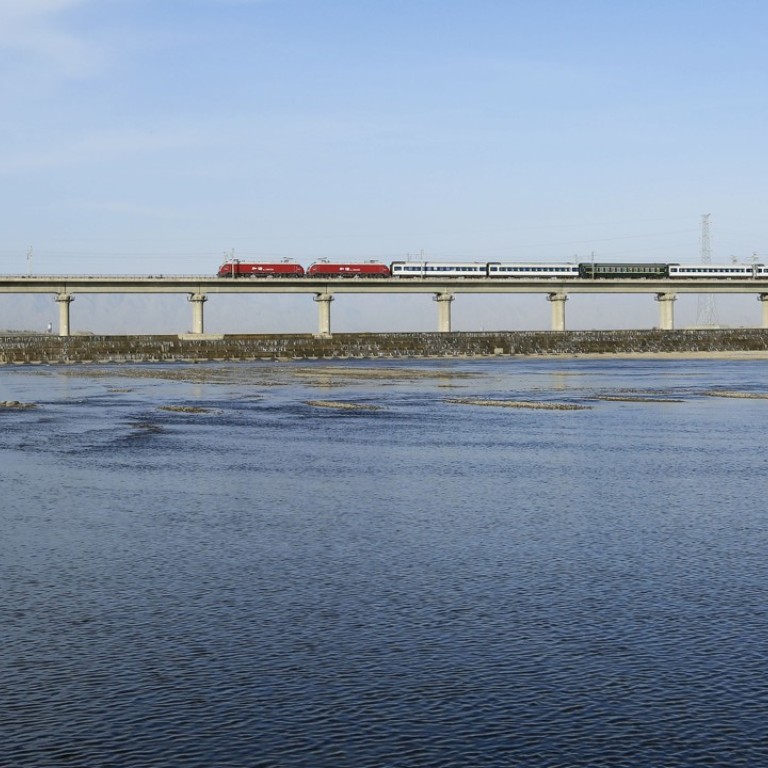
China’s ambitious global trade strategy won’t be built in a day
The idea is simple enough: through infrastructure building and trade nations can grow, but there are many obstacles to actual implementation and patience and pragmatism must be the watchwords
Beijing’s ambitious global trade plan, the “Belt and Road Initiative”, makes good sense, as much for China as for the 70 or so governments and international organisations that have so far signed on. But as beneficial as linking Asia with Europe, the Middle East and Africa through infrastructure, trade and investment may be, there is more to implementation than inking deals. While Africans and Pakistanis have been eager to push ahead with projects, Southeast Asians have been wary of the details and fine print. It is a reality that Beijing will have to come to terms with, no matter how much it wants progress.
High-speed rail lines, a vital part of providing connectivity for belt and road nations, have in particular been problematic. Chinese rail firms have faced competition from those in Japan, which have a longer record and better reputation. The Chinese advantage is in cost and financing, which has swayed Indonesia and Thailand to agree to projects. But deals have been slow to get off the ground, raising concerns about a much-sought pan-Asian high-speed network that would link China with Singapore.
Of the three routes that would make up the pan-Asian network, only the central one, from Kunming through Laos and Thailand, is making progress. Politics and economics have got in the way of the line through Vietnam and Cambodia and border instability is affecting the Myanmar link. Construction in Laos is under way, but the go-ahead in Thailand was stymied by financing, loan terms and labour protections. Thai junta leader Prayuth Chan-ocha ended the stand-off last month by invoking his absolute powers to clear legal and technical hurdles, and parliament has approved US$5.2 billion in funding for the initial stage of the project, a 256km line from Bangkok to the northeastern province of Nakhon Ratchasima.
Unforeseen problems have similarly stalled Indonesia’s 150km line from Jakarta to Bandung. Although agreed to in 2015 for US$5.5 billion, beating out a Japanese bid, construction has been held up by paperwork and difficulty acquiring land. Work was to have started early last year, but targets have repeatedly been missed, making completion in 2019 impossible. These projects have been a far cry from those in Africa, where deadlines have been met.
The belt and road concept is simple enough: through infrastructure and technology, nations can improve economic relations and grow together. In the way, though, are conflicts in the Middle East, Afghanistan and elsewhere, the uneven economic development of countries along the routes; and political, environmental and religious challenges. As much as Beijing would like projects to be swiftly approved and constructed, it will have to be patient and pragmatic.

